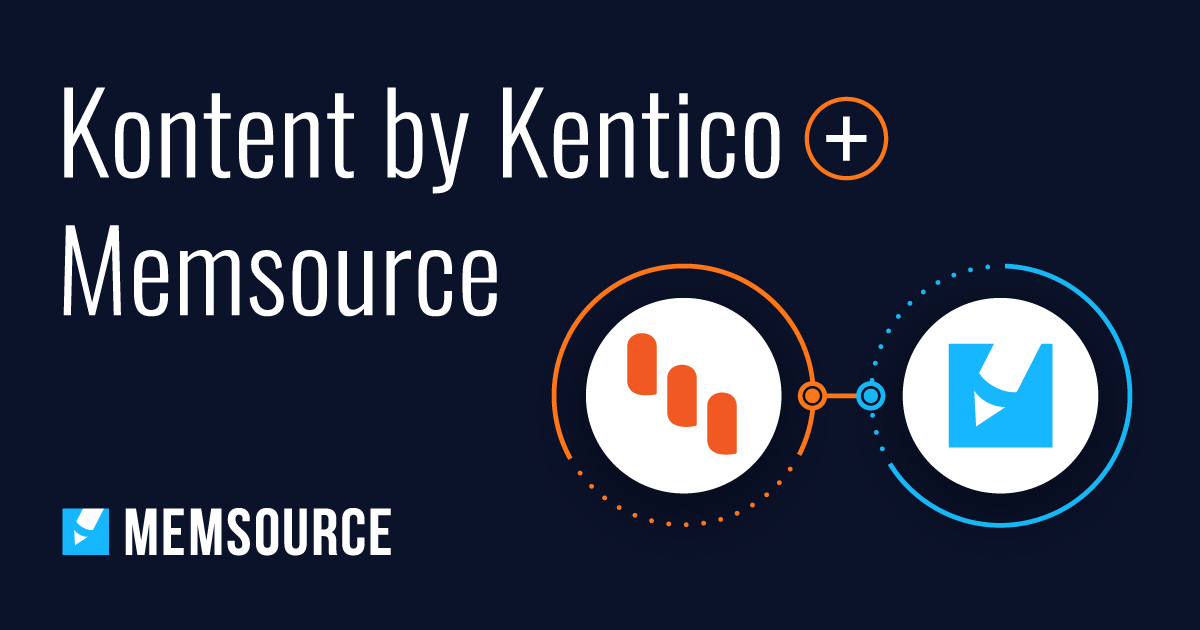
Blog
Machine Translation Report
What is the optimal MT Engine for you? Find out in the latest MT Report by Memsource.
Globalization of content marketing is looking set to be a future trend in both the marketing and language industries.
Some of the world’s most successful companies have started presenting their blogs, eBooks, studies on resource centers, and social media pages in multiple languages, in addition to translating their main websites. We analyzed 80 major B2B organizations valued at more than $1 billion, and compared their product websites with their blogs and resource centers to find out how many languages each were available in.
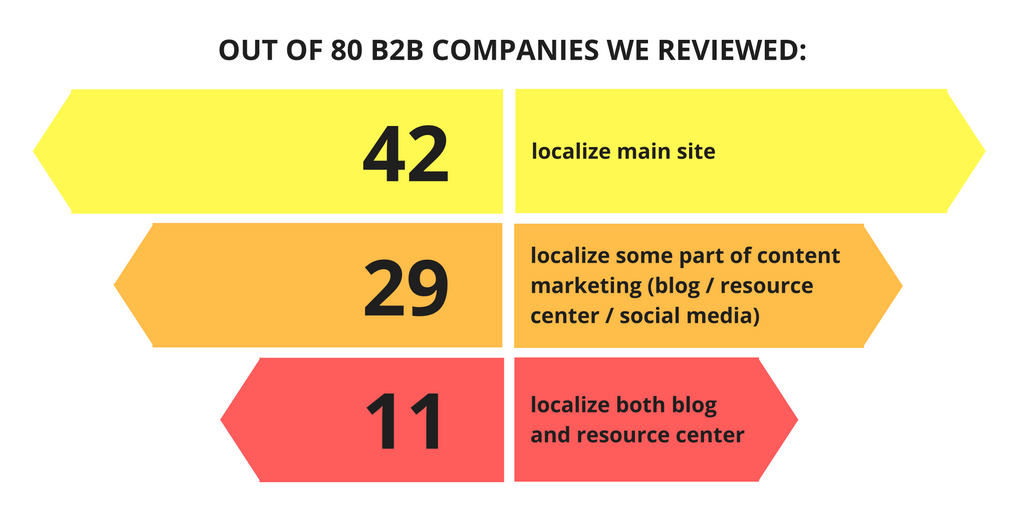
Here is a list of ten companies that localize not only their main product website, but also marketing content.
1. VE Interactive
[cycloneslider id=”ve-interactive-blogs”]
Rated among the top European “unicorns” by the Financial times, VE Interactive localizes the main website into 14 different languages and continuously updates the blogs in 11 languages, creating unique content for each one. On the resource center, e-books and benchmark papers are translated into eight languages, with the largest amounts of material available in Spanish and Dutch.
We have highlighted the various versions of the blog in the image slider above.
2. Deloitte.com
Deloitte caters to 34 languages and 145 regional variations on the main website. Of all the corporate sites we looked at, the localization was definitely the most extensive on Deloitte.com.
On the social media front, Deloitte creates local groups and YouTube channels for most territories they do business in. For instance, there are separate Linkedin pages for Deloitte France and Deloitte Canada (French and English). Tunisia and Togo speak French, and could use content from other Deloitte’s French groups, but these territories don’t have dedicated social media groups.
In the resource center, landing pages for case studies are presented in all major languages, but the downloadables themselves are mostly not localized. Example page here gives the title of the study in English, page content in French, and the PDF in English again.
Deloitte maintains several blogs in multiple languages. For the most part, they all feature different content, meaning Deloitte does not translate content across different departments, but creates unique pieces in each territory.
3. Avast.com
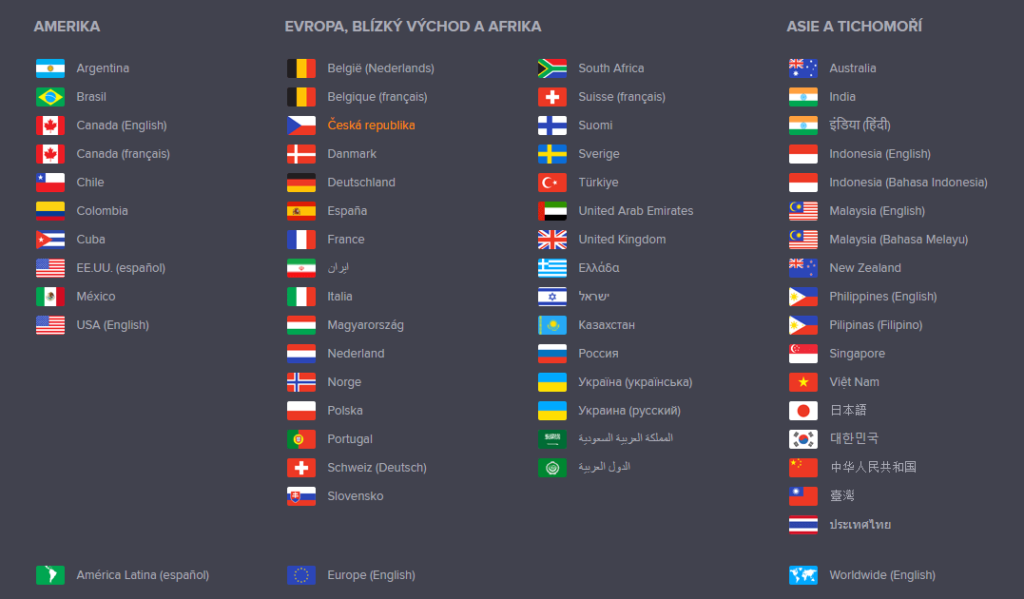
Avast offers their website in regional variantions first, languages second
This Czech antivirus company has gone all out on their localization. They offer 20 languages, and 57 regions on their main site. Upon exploring their blog, we found nine languages on offer.
They most likely employ local writers to create local content instead of translating everything across the board, resulting in a notable disparity in the volume of content available. For example, there were 162 blog entries tagged in German, 732 in Czech, and over 2067 in English at the time this article was written. In almost all cases, localized blogs feature different material to that of the native blog.
4. AppDynamics
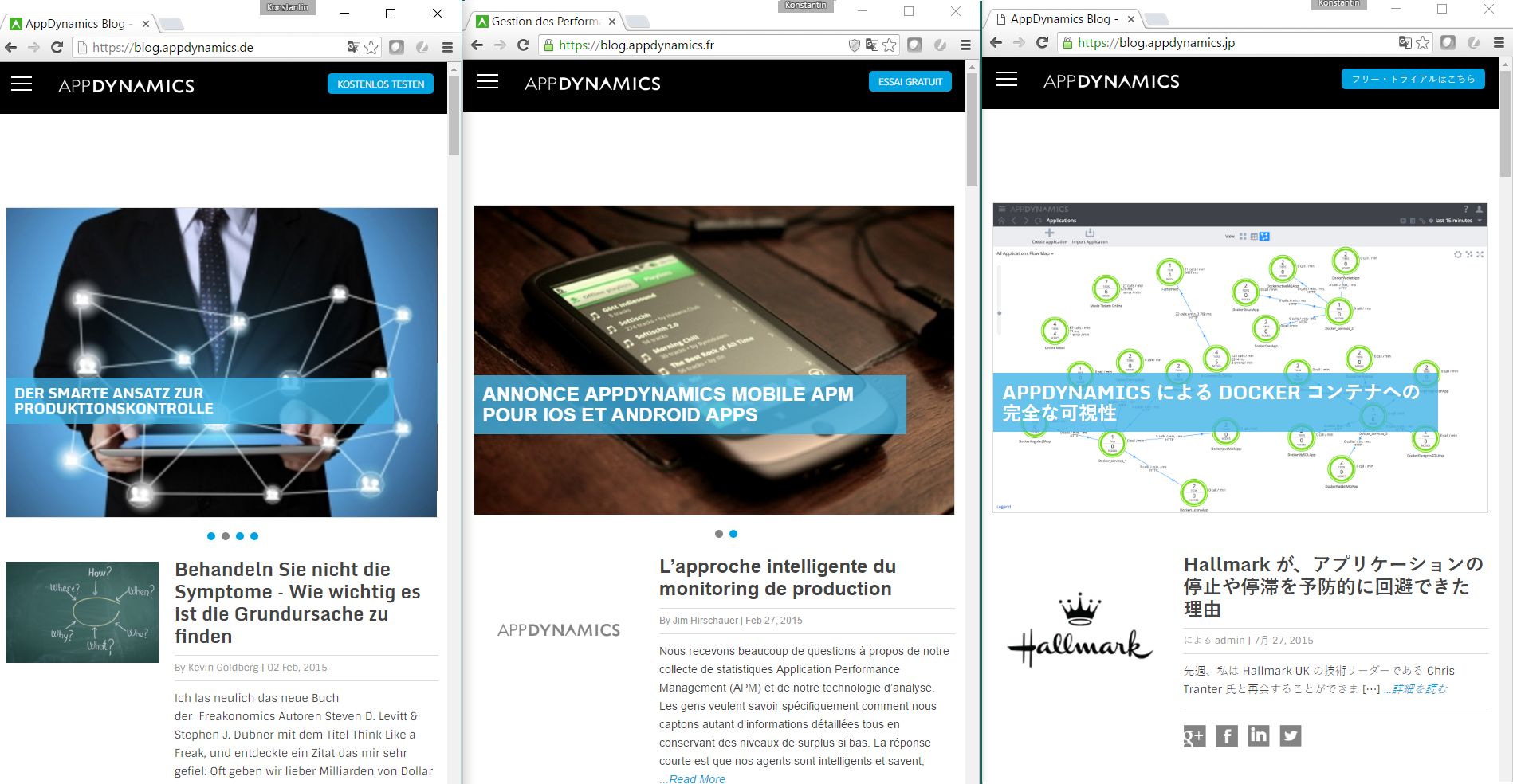
Appdynamics blogs in French, German and Japanese feature unique content
The US application management and analytics company AppDynamics offers four languages for both their main page and blog, and five regional variations (UK and US English).
Appdynamics has one of the best developed multilingual blogs, and like Avast, produces unique content for each language. English has much more material than the other versions. In French, there are less than half the amount of posts as in English. In Japanese, there are only nine posts in total.
In the resource center, one main piece is pinned in the local language, and the rest of the material is in English. This shows that the company has begun to translate its resources, but does not have a continuous delivery process in place yet (building one is a hot trend in localization, according to Locworld Dublin findings).

Appdynamics resource center in Japanese features one top converting piece in Japanese, whereas the rest are yet to be localized
5. Docusign
With a valuation of over $3 billion, this San Francisco-based electronic signature provider offers ten regional variations and five languages on the main website, with the blog localized into every language except Japanese. The resource center features a combination of webinars, white-papers and case studies in English, a few of which have been translated into four languages. The most extensive language for resource center localization was Portuguese (for Brazil region), however the amount of material available in English is still far greater.
6. SAS
Analytics company SAS offers well over 20 languages, and a massive 58 regions on the main website. Despite this, they appear to have only just started globalizing the blog and the resource center, which are available in three and two languages respectively. They have a German blog, and a French newsletter, a part of the content portal about analytics maintained by SAS France. Clicks on the blog for other language versions of the website just redirects you to the English blog.
7. Nutanix
This US virtualization and storage company localizes their main website into seven languages and their resource center into four. Localized versions can be found at their respective second-level domains:
- nutanix.cn
- nutanix.fr
- nutanix.de
- nutanix.jp
- nutanix.kr
- nutanix.nl
All have much less content than the main .com website, however the resource centers are well developed in every version.
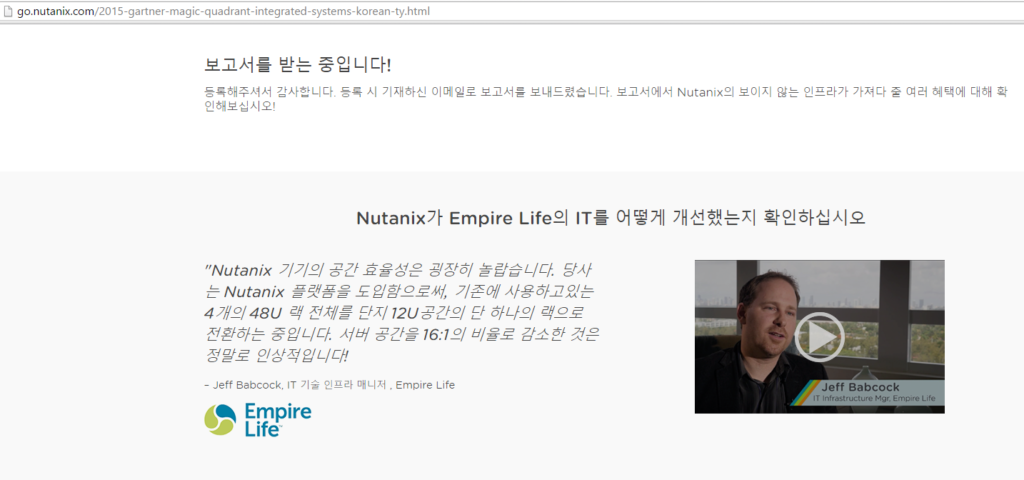
Nutanix has fully localized the gated case study into Korean; only the video remains untranslated/not subtitled
8. SurveyMonkey
Surveymonkey have a strong social media presence. They maintain their official Facebook page in two languages, and their Twitter feed in five. The marketing team is trying to build up a follower base for each country.
[cycloneslider id=”surveymonkey-twitters”]
The process of acquiring followers takes time and effort, as the following statistic clearly shows. Surveymonkey’s older and more mature Twitter feeds have more followers.
| Language | Tweets | Followers | Start |
| EN | 13200 | 34900 | 2009 |
| KR | 1078 | 1880 | 2011 |
| JP | 759 | 968 | 2011 |
| DE | 1106 | 278 | 2013 |
| BR | 719 | 218 | 2013 |
The main website offers 16 languages. Blog is available in German and Korean in addition to English.
9. Apttus
This “quote-to-cash” product is marketed with the help of the Marketo platform. The main site is localized into 5 languages in addition to English. In the resource center, vast amounts of material are offered in English, including white papers, data sheets and instructional videos. In every other language however, only five to six documents are to be found. Apttus is one of the few companies that has started translating their blog items as opposed to creating new content in every language. This indicates that they probably use a centralized marketing team.
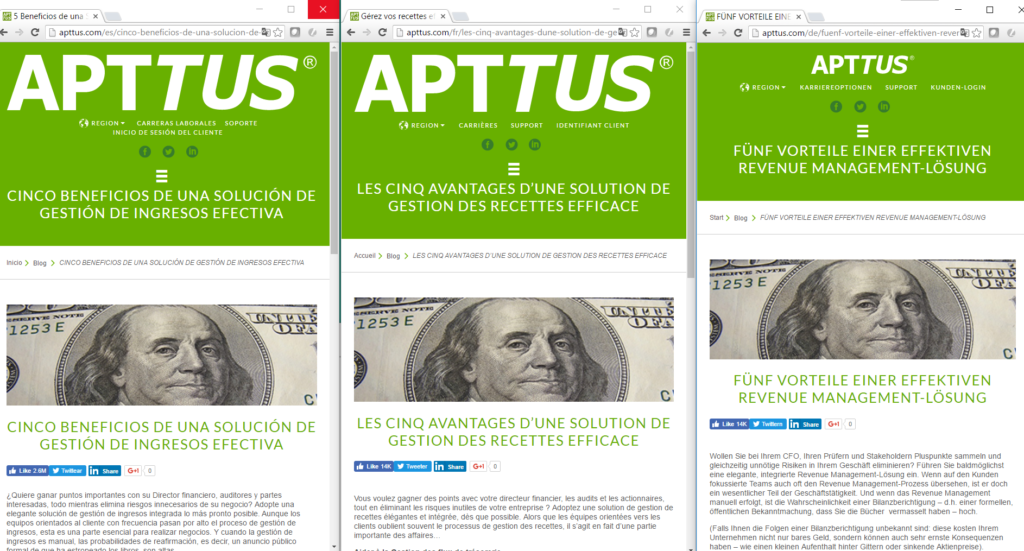
Example of an article translated into multiple languages in the Apttus resource center
10. Anaplan
Anaplan is a cloud-based business modelling and planning platform for sales, operations and finance. Despite having offices in 11 countries, they offer only four languages on the website: English, German, French and Russian.
Like Apttus, they use a content marketing automation platform, presenting visitors with both guides and eBooks in the resource center. Landing pages and downloadable materials are fully translated. Videos are offered in the localized languages.
Anaplan maintains only two blogs, one in English, and the other in French.
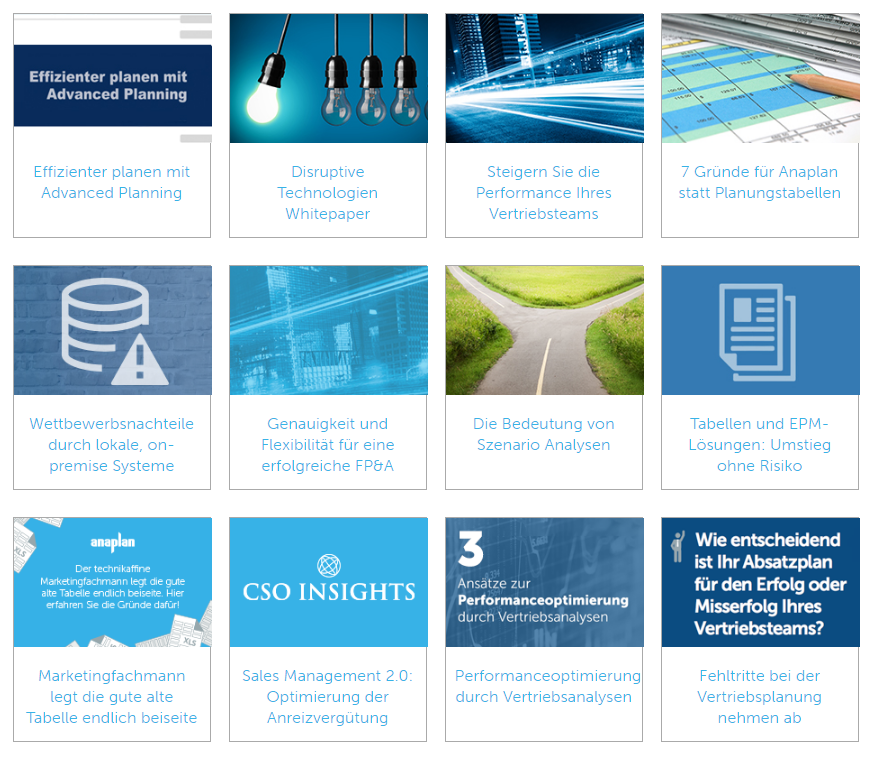
Anaplan’s resource center is heavily localized, with downloadables and videos available in multiple languages
Additional reading
Part 2 - Only 11 of 80 Companies Localize Blog and Content Marketing, Here’s Why
By James Austin and Konstantin Dranch
 James Austin is a Prague-based content developer for Memsource, musician and fitness enthusiast.
James Austin is a Prague-based content developer for Memsource, musician and fitness enthusiast.
![]() Konstantin Dranch is the head of marketing at Memsource.
Konstantin Dranch is the head of marketing at Memsource.
His background is in market research. Konstantin surveys translation services markets in Russia and Ukraine since 2011 via translationrating.ru, and has recently started similar surveys in the United Kingdom and France.


